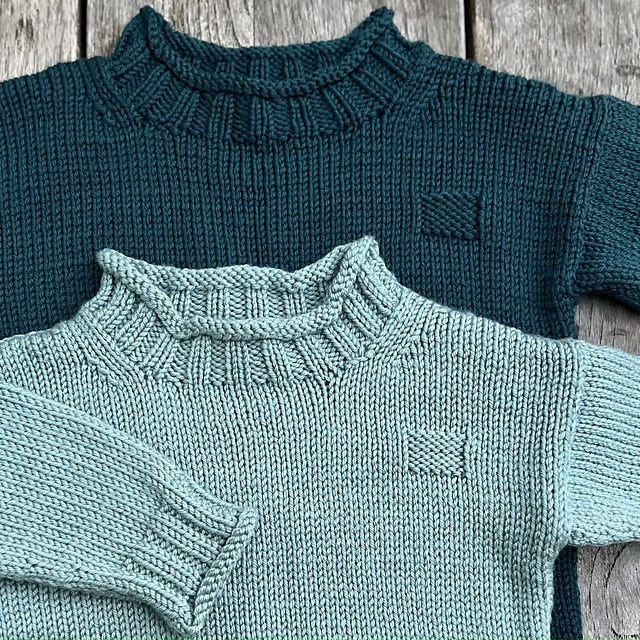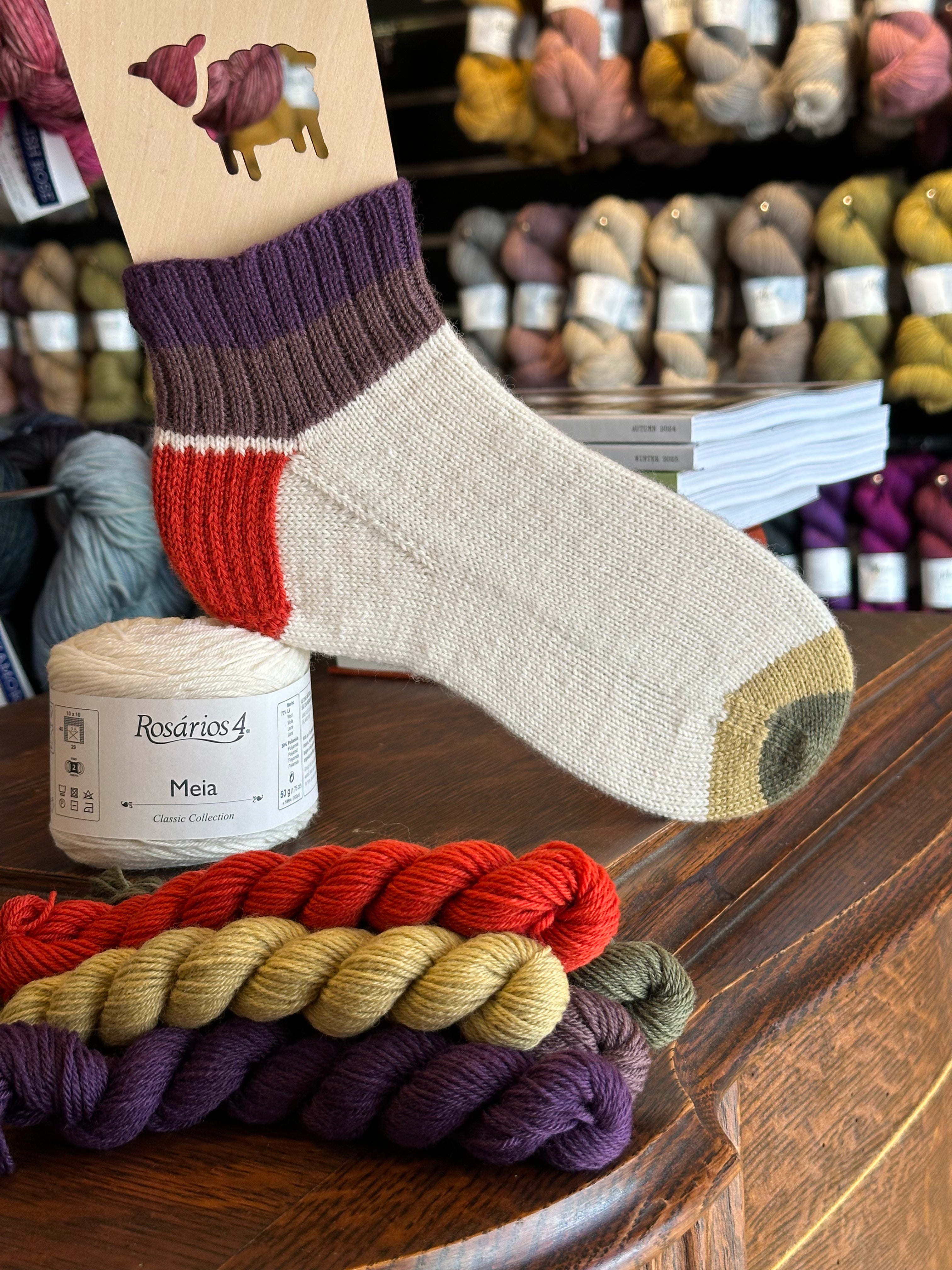Taking care of your knitted socks

Save our socks
Sock Blocking

Step one - Soak
Fill a clean sink or bowl with lukewarm water and soak your socks for 15 minutes. We like to add a little Eucalan rinseless wool wash to the water to release dirt and condition the fibre.
Step two - Rinse
Remove your socks from the water and gently squeeze excess water. You can also wrap your socks in a towel, roll it and press it gently to release more moisture.
Step Three - Shape
Lay your socks flat on a blocking mat or any surface with good air flow and arrange them into the desired shape. If you have sock blockers, simply slide your sock into the blocker and let it dry. Loopine sock blockers can be left to dry flat or hung on a hook for faster drying.
Sock Washing

Water temperature
When it's time to wash them, even if your socks are superwash wool, make sure you only use lukewarm or cold water. Hot water might make the colours run, cause permanent staining and even... dun dun dun... felting.
Hand vs. machine wash
Washing your socks by hand is ideal. Soak your socks in a bowl or in the sink, add a few drops of no-rinse wash, swish them around and gently rub stains. If you do wash them in the washing machine, put them in a mesh bag and wash in a gentle cycle to avoid agitation.
Drying
Heat is really not a friend for your socks, so you can skip the dryer too. Gently squeeze out any excess water and roll them up in a towel to get rid of extra moisture. You can slip them into sock blockers, lay them flat or dry them on a rack as they tend to retain their shape after blocking.
Darning

Duplicate stitch
The duplicate stitch or swiss darning method works best for mending worn spots or small holes. Using a darning needle and yarn, you can seamlessly darn your socks using the same method as if weaving in your sock ends. This duplicate stitch video tutorial walks you through the process step by step.

Woven patch
For bigger holes, a woven patch can be a beautiful visible mending technique. You'll need a darning needled as well as a darning egg (or darning mushroom!) to secure your sock while you weave and keep your tension evenly through the patch. Sew parallel stitches across the hole, then weave your yarn in between the stitches to create a patch. Watch this woven patch tutorial from Purl Soho to follow along all the steps.

Knitted patch
The knitted patch is knitted flat using circular or DPNs to mend small and large holes. Insert your needles 3-4 rows under the hole and knit across, then work two rows of stockinette stitch, pick up stitches on either side of the patch and knit until the patch covers the whole. The top of the patch is then stitched to the sock with kitchener stitch. This great knitted patch tutorial takes you through all the steps.
Sock care tools

xx The Loopine Team






Leave a comment